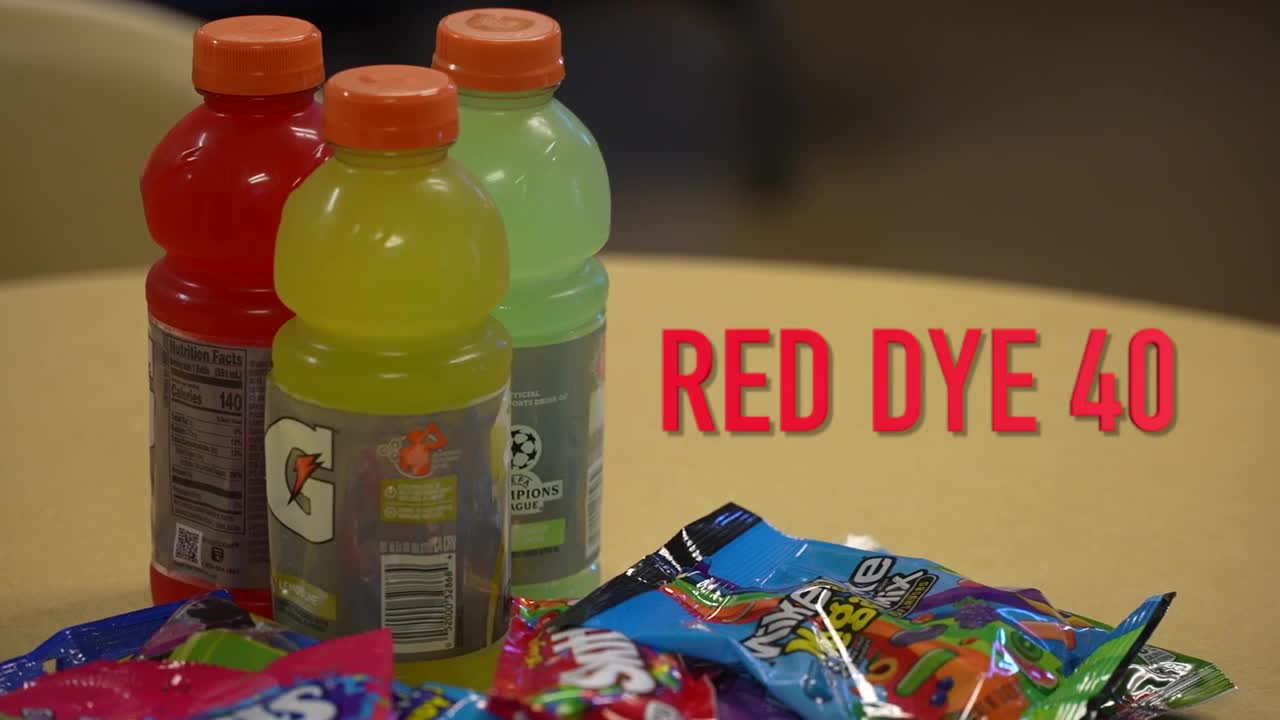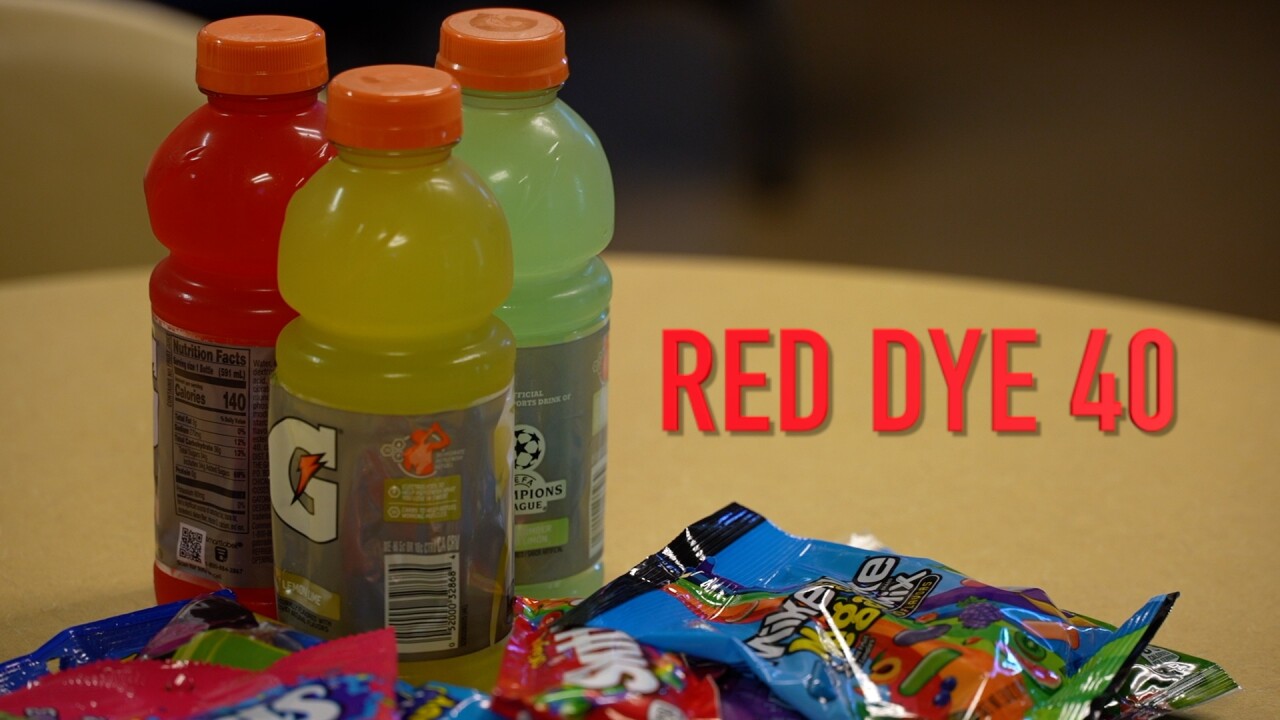CORPUS CHRISTI, Texas — Red dye 40, a common ingredient in bright snacks with fun flavors may cause behavioral issues in some children, though experts say most kids aren't strongly affected.
The artificial food coloring, which is found in sports drinks, candies and cereals, has been linked to hyperactivity in about 10% of children, according to health experts.
“It will cause rapidness, harder time with keeping up with thoughts, making it harder in school," Dr. Eric Baggerman, CEO of Amistad Health, said.
While researching artificial dyes, Baggerman found that most children aren't strongly affected, but moderation is still important.
"It's not an overwhelming concern. They are not poisonous and they are safe," Baggerman said.
Earlier this year, the Department of Health and Human Services announced it was phasing out two of the eight artificial dyes being used in food products.
The FDA is now working to phase out the remaining six artificial food dyes by the end of 2026.
Red dye 40 is typically found in "things that are less nutritious but colors are added to make them look better," according to Baggerman.
Parents don't need to test if their child is part of the affected 10%. Instead, Baggerman recommends making healthier food choices.
"Instead of grabbing something that's in a package that's made of apples, put an apple in it. Because those are the foods that help our brains function the best anyway," Baggerman said.
Making these dietary changes can improve children's sleep, focus, energy and overall health.
"It's okay every once in a while. Keep treats as treats and not part of your diet," Baggerman said.
This story was reported on-air by a journalist and has been converted to this platform with the assistance of AI. Our editorial team verifies all reporting on all platforms for fairness and accuracy.
Catch all the KRIS 6 News stories and more on our YouTube page. Subscribe today!





